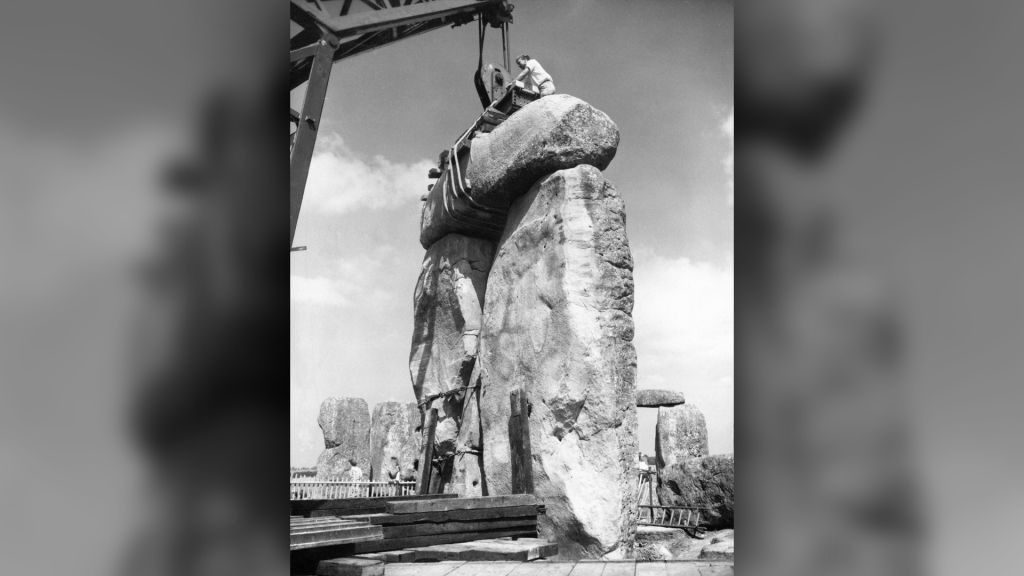Researchers have recently obtained a lost fragment of Stonehenge that was taken back in 1958.
Back in 1958, Robert Philips used to be the representative of a drilling company that was working on the restoration of Stonehenge.
While the monument was undergoing restoration, Philips took a cylindrical core of one pillar, dubbed Stone 58, and at some point emigrated to the U.S.
Current legislation prohibits drilling into the stones. However, three years ago, researchers managed to obtain the Philips’ cylindrical stone core sample and began tearing it down to learn its secrets.
The discoveries have been posted in the journal PLOS One on August 4.
The scientists ran various scans on the sample and figured out that its composition was 99.7% quartz, dubbed as “quartz cement” and “an interlocking mosaic of crystal.”
Additionally, the researchers discovered that some of the sandy sediments present in the sample are remnants of the Paleogene period, from between 66 million to 23 million years ago.
Still, the researchers put the atomic structures of some sediments side to side with others.
By doing that, it was found that some sand grains are 252 million years old, while others formed between 1 billion and 1.6 billion years ago.
David Nash is a professor of physical geography from the University of Brighton in the U.K. and the study’s principal author.
He explained that his team CT-scanned the rock, “zapped” it with X-rays, analyzed it under numerous microscopes and looked at its sedimentology and chemistry.
“These cements are incredibly strong. I’ve wondered if the builders of Stonehenge could tell something about the stone properties, and not only chose the closest, biggest boulders, but also the ones that were most likely to stand the test of time,” he added.
The sandy sediments within the stone formed during the Paleogene period, between 66 and 23 million years ago, which, according to Nash, means that the sarsens can’t be older than that.












Leave a Reply